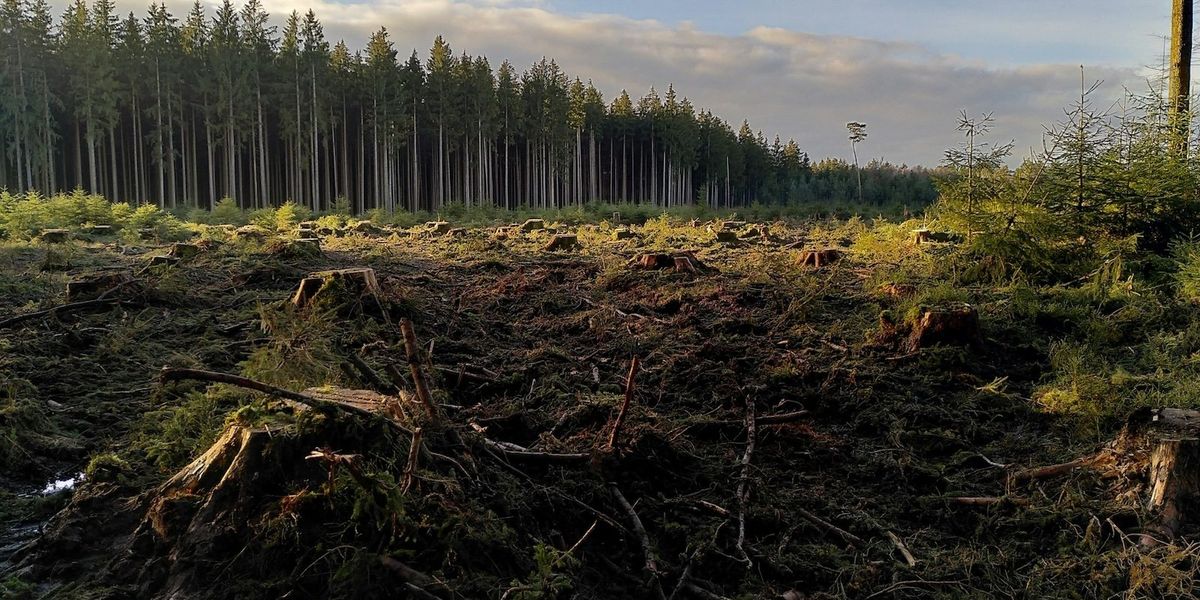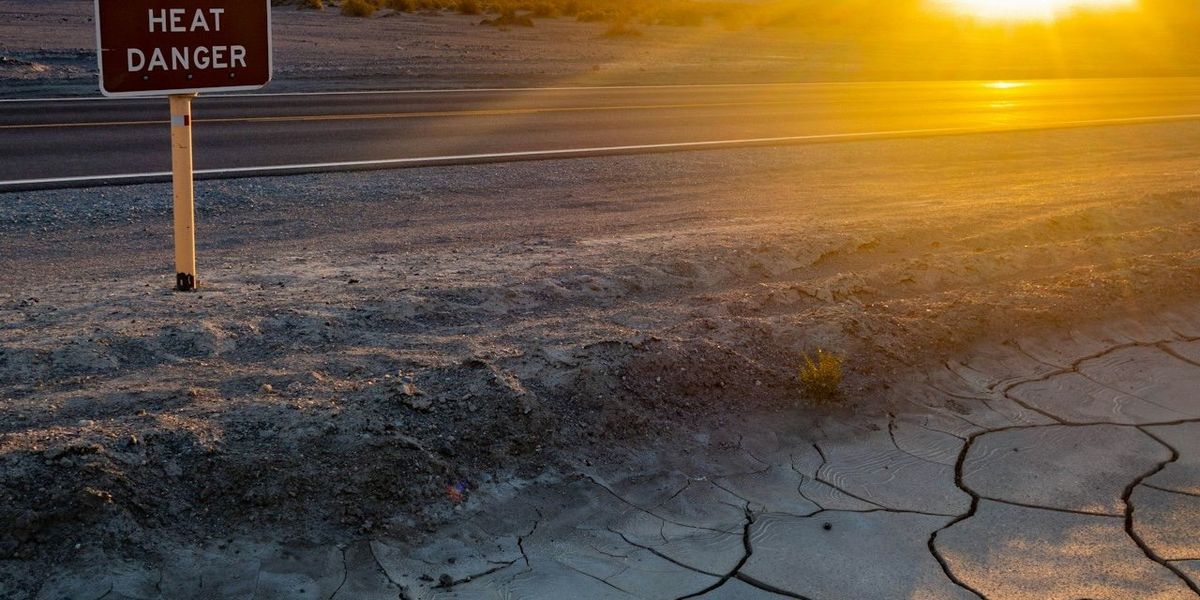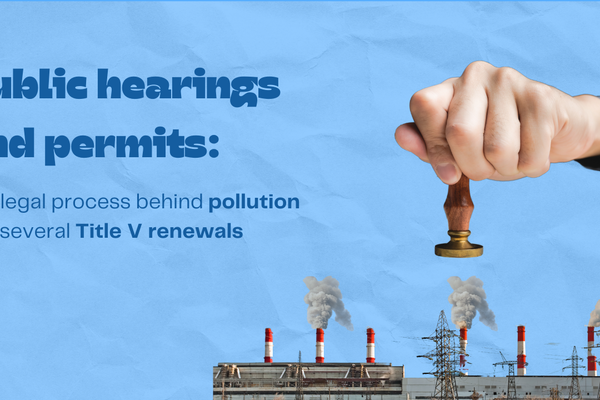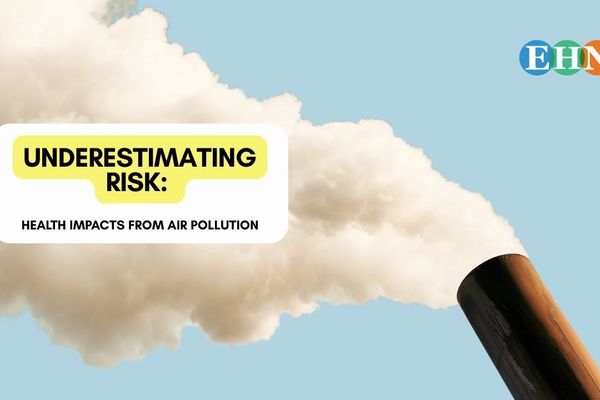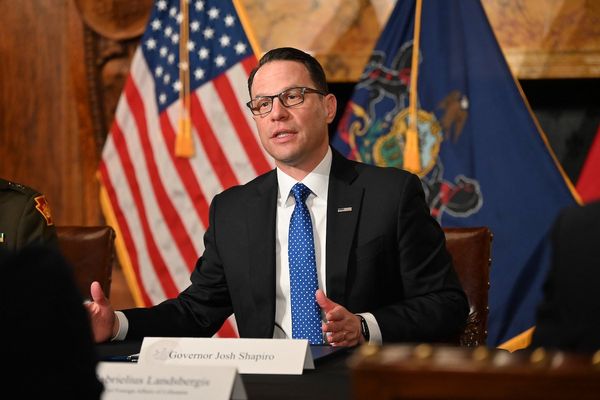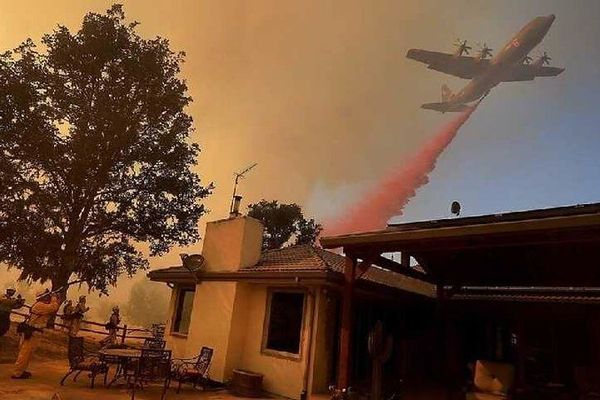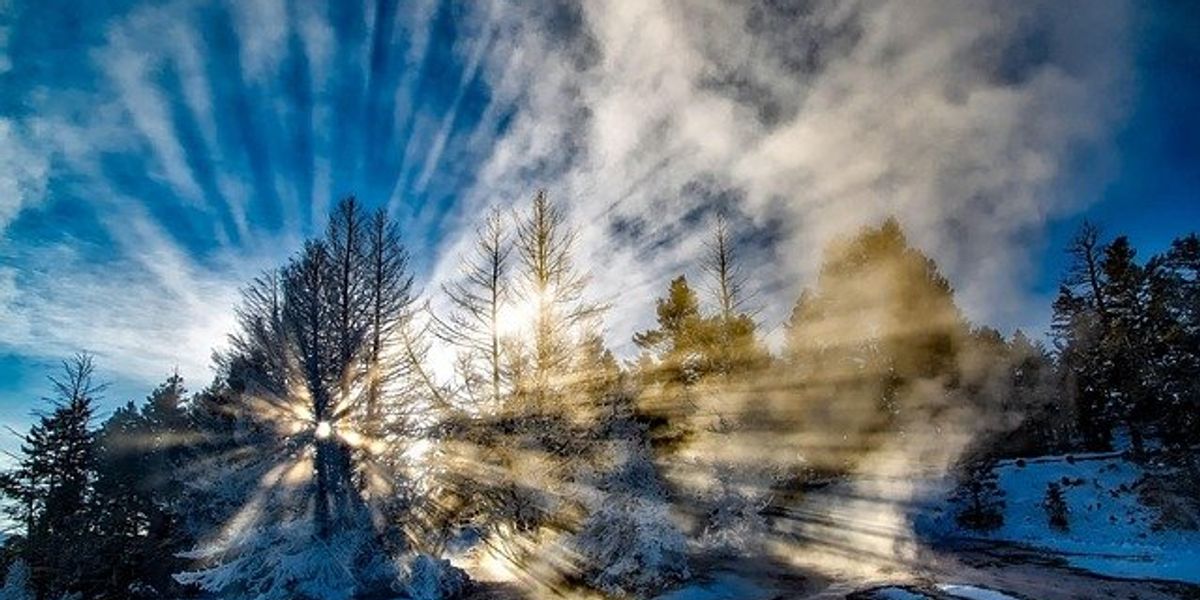
Trump gains legal support to eliminate or shrink national monuments
President Donald Trump can legally revoke or shrink national monuments created by past presidents, according to a new Justice Department opinion that reverses long-standing legal precedent.
Jennifer Yachnin reports for E&E News.
In short:
- The Justice Department’s Office of Legal Counsel (OLC) issued a new opinion asserting that the Antiquities Act gives presidents the authority not only to create but also to abolish or reduce national monuments.
- The legal memo, signed by OLC head Lanora Pettit, overturns a 1938 opinion that said only Congress could reverse monument designations, clearing the way for Trump to target monuments designated by Biden and others.
- The Trump administration is eyeing changes to six national monuments, including California’s Chuckwalla and Sáttítla Highlands, Utah’s Bears Ears, and Arizona’s Grand Canyon-adjacent Baaj Nwaavjo I’tah Kukveni.
Key quote:
“It means that national monuments exist only at the pleasure of the current president who is in power.”
— Justin Pidot, law professor at the University of Arizona and former staff of the White House’s Council on Environmental Quality
Why this matters:
National monuments have long served as a tool for protecting ecologically and culturally significant lands from development. Stripping protections from these areas not only risks habitat destruction and biodiversity loss but also undermines tribal sovereignty and conservation investments. The new legal interpretation weakens over a century of conservation norms by allowing each administration to potentially reverse environmental protections at will. That could create a whiplash effect where protections are given and taken away every four years, leaving sacred and fragile ecosystems vulnerable. For communities that rely on these lands for cultural identity, ecological services, and sustainable tourism, the stakes are high. The decision could open millions of acres to mining, drilling, or other extractive uses under the guise of presidential discretion.
Related: Move to shrink national monuments face growing backlash from local communities




